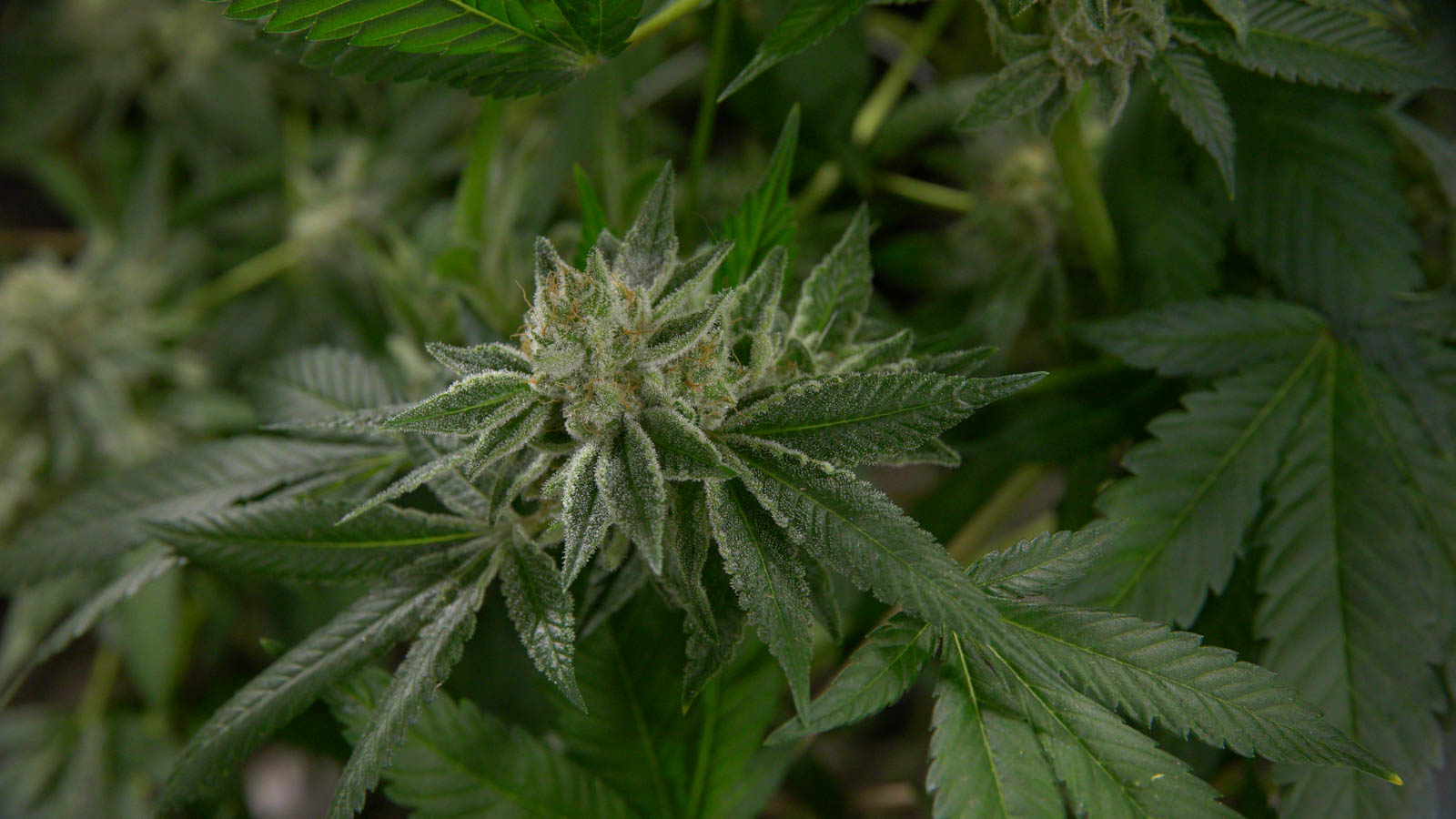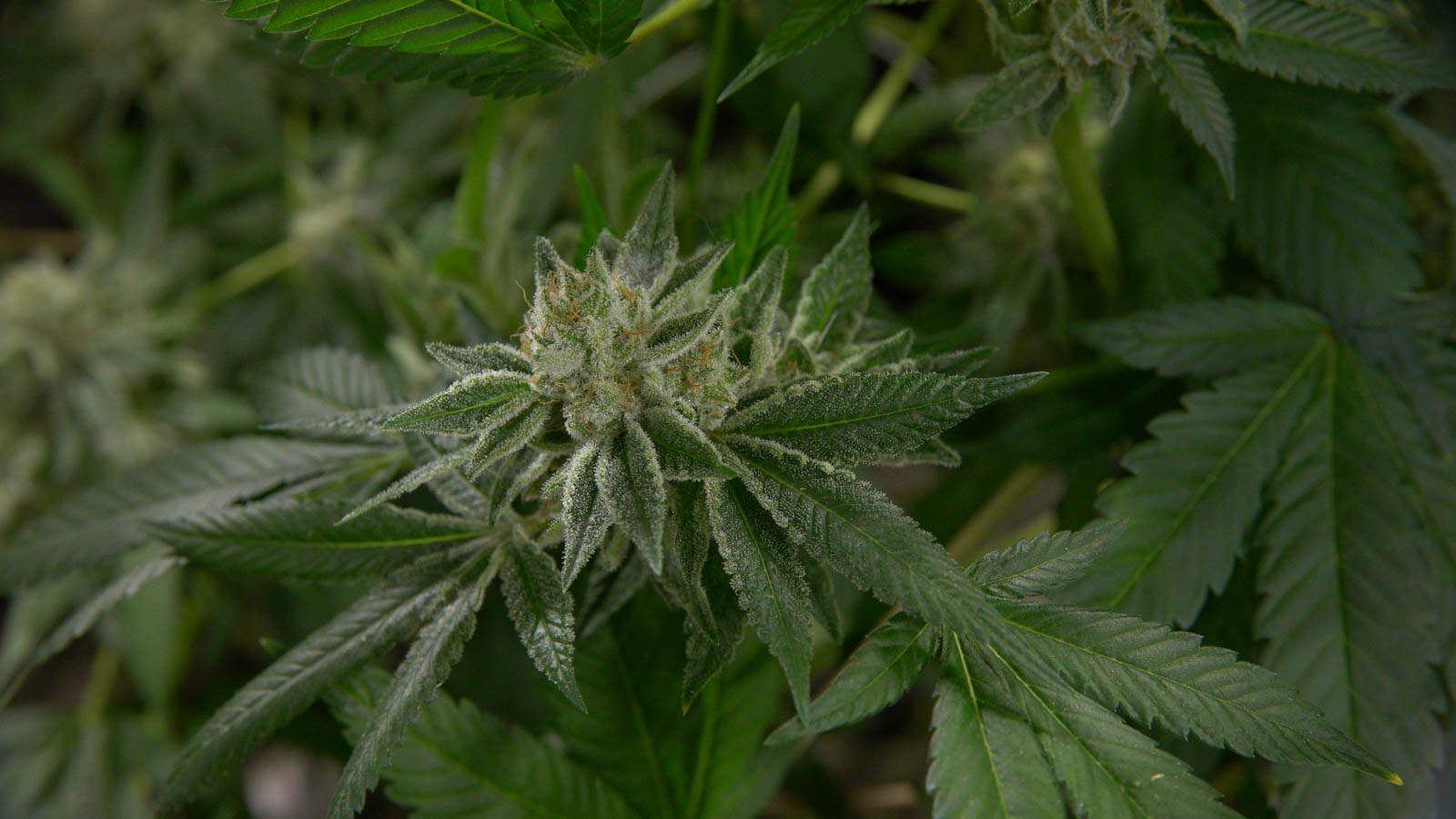
As medical and recreational cannabis have steadily become more widely legalized across the United States in recent years, there’s been a significant shift in the potency of products available on the market. The cannabis of today is not the ditch weed that people passed around in joints during the ’60s. Today’s weed is a lot stronger than the low-quality buds that were smoked during the Summer of Love.
That cannabis being sold on dispensary shelves? It’s not quite the same as the ditch weed from back in your grandma’s day.
How exactly has potency changed over the years? And how has that impacted the scientific approach to the plant, such as the way that cannabis is bred, cultivated and distributed?
Cannabis Potency Then and Now
The THC-heavy cannabis of today is a far cry from the more mellow ditch weed of the ’60s and ’70s. But just how far does that cry go? One 2016 study published in Biological Psychiatry analyzed cannabis samples seized by the Drug Enforcement Administration (DEA) and found that THC concentration tripled from about 4 percent in 1995 to about 12 percent in 2014. When you consider that the THC in cannabis is even more concentrated today, the stark contrast in potency is even more pronounced.
“Potency in the 1960s and 1970s tended to be in the 7-10 percent THC range. Today we see potency values over 30 percent, so you could say it is 3 to 4 times stronger,” said Josh Crossney, founder and CEO of the Cannabis Science Conference. “The advent of the use of hydroponics in the 1980s gave rise to noticeably higher potency.”
And that’s just flower. Thanks to new cultivation and extraction methods, the cannabis market is full of potent products that simply didn’t exist in the past.
“There are also many new extraction forms, including oils, waxes, and tinctures, that are available to consumers,” Crossney said. “We are also seeing advanced breeding and cultivation techniques, combined with a final product that is much richer in cannabis flower. Kief is a product that contains the resinous trichomes of cannabis and is extremely high in THC.”
These newly developed products are significantly stronger than today’s flower, let alone the lackluster ditch weed from earlier decades.
Why Cannabis Potency is on the Rise
There’s no arguing that cannabis potency has been on the rise. But why? Advancements in the science of cannabis cultivation have definitely played a role.
“Plant breeders have created new genetic lines with high THC, while growers are using increasingly advanced methods to maximize THC production in the plant, for example using high light, hydroponics, and specialized growth media,” said Itzhak Kurek, CEO and co-founder of Cannformatics, a Northern California biotech company researching improvements to medical cannabis.
Consumer demand has also led to increased potency. Many people want cannabis that will get them high — and the higher the amount of THC, the more the consumer is willing to pay. This increase in THC potency has come at the expense of other compounds such as cannabidiol (CBD).
“We actually know how to increase THC levels by manipulating light intensity, so it was fairly straightforward to increase THC,” Kurek explained. “When the plant uses its energy to make more THC, it makes less of other molecules, which explains why CBD levels in cannabis fell by nearly half, with CBD alternatively supplied by hemp.”
How Increased Potency is Changing the Cannabis Industry
The increase in cannabis potency hasn’t taken root without certain challenges. The cannabis industry has been forced to evolve in order to protect the safety of the consumer.
As cannabis products have become more potent, it’s become even more critical that products are accurately tested and labeled to avoid overconsumption.
“This increase in potency has made the need for accurate labeling even more important,” Crossney said. “Accurate labeling requires improved accuracy in sampling and quality control testing.”
At the end of the day, this shift towards quality control (QC) — which has been driven in large part by weed’s increased potency — is a major win for cannabis consumers.
“Improved QC testing is also helping to make cannabis safer, not only by more accurately labeling cannabinoid levels, but also by ensuring that harmful contaminants such as pesticides, residual solvents, heavy metals, mycotoxins, aflatoxins, [or] foreign matter…are not present,” Crossney explained.
It’s Not Just the Potency of Weed That’s Changing
Not only is the potency of cannabis changing, but so is the way that people generally talk and think about the plant.
“Cannabis has been steadily increasing in public acceptance. We are moving away from the misinformation and racist stereotypes that were carefully crafted by greedy families hell bent on protecting their petroleum and plastic based industries,” Crossney said.
While the growing social acceptance of cannabis is evident by increasing public support for medical and recreational legalization, what’s also promising is the fact that this acceptance is also spreading throughout the scientific community. As the perception of cannabis has evolved, there’s also been a heightened interest to research the potential of the cannabis plant as a whole.
Photo by Gina Coleman/WM News
Most conversations on the subject of cannabis potency have been focused on THC, but researchers are starting to explore the potential other cannabinoids, terpenes, and other compounds within the cannabis plant and how they work together to maximize the plant’s therapeutic benefits, also known as the entourage effect. As research expands, there could soon be a new wave of cannabis products that utilize potency in more therapeutic ways, not just with THC.
“Research on the beneficial medicinal effects of the many other cannabinoids and other molecules is relatively new. Right now, we don’t know the functions of these molecules in the plant, which is a step toward figuring out how to increase their content by manipulating environmental conditions,” Kurek said.
Both cannabis potency and scientific interest in the plant has steadily increased over the years. What’s next as far as cannabis research into potency is concerned?
“The next era of cannabis science will help us better understand how cannabinoids work with other natural products, including terpenes,” Crossney said. “As the scientific community gains deeper insights into the potential of the cannabis plant, that could mean new treatments and therapies are on the horizon.”











